High on the cliffs of Bingin Beach, where the Indian Ocean strikes with a force that seems to sculpt the stone, stood one of Bali’s most unique houses. It was not simply a luxury residence, but a vital and artistic manifesto: the home of Pascal Morabito. Suspended between sky and sea, designed as if time itself could stop within its walls, it represented the perfect union of nature, art, and life.
Pascal Morabito needs no introduction in the circles of art and luxury. Sculptor, jeweler, visionary creator, his name is inseparable from French design. Friend and accomplice of figures such as César, Dalí, or Yves Klein, his work has crossed the boundary of the ornamental to engage in dialogue with the eternal. But behind the worldly man, the artist who marked eras, lies the intimate story of someone who chose Bali more than twenty-five years ago as both refuge and creative stage.
At that time, Uluwatu and Bingin were still secrets shared among surfers, locals, and wandering travelers. There, Morabito built a space that was at once studio, home, and artwork in itself. Concrete, glass, and infinite horizons: his house was an extension of his artistic language. A place where conversations mixed with the murmur of the sea, where life became a daily performance.
En lo alto de los acantilados de Bingin Beach, donde el océano Índico golpea con una fuerza que parece esculpir la piedra, se levantaba una de las casas más singulares de Bali. No era simplemente una residencia de lujo, sino un manifiesto vital y artístico: la casa de Pascal Morabito. Suspendida entre cielo y mar, diseñada como si el tiempo pudiera detenerse en sus muros, representaba la unión perfecta entre naturaleza, arte y vida.
Pascal Morabito no necesita presentación en los círculos del arte y el lujo. Escultor, joyero, creador visionario, ha sido un nombre indisociable del diseño francés. Amigo y cómplice de figuras como César, Dalí o Yves Klein, su obra ha atravesado la frontera de lo ornamental para dialogar con lo eterno. Pero detrás del hombre de mundo, del artista que marcó épocas, está también la historia íntima de alguien que eligió Bali hace más de veinticinco años como refugio y escenario de creación.
En ese entonces, Uluwatu y Bingin eran aún un secreto compartido entre surfistas, locales y viajeros errantes. Allí, Morabito levantó un espacio que era al mismo tiempo taller, hogar y obra en sí misma. Concreto, vidrio y horizontes infinitos: su casa era una prolongación de su lenguaje artístico. Un lugar donde las conversaciones se mezclaban con el rumor del mar, donde la vida se convertía en performance cotidiana.
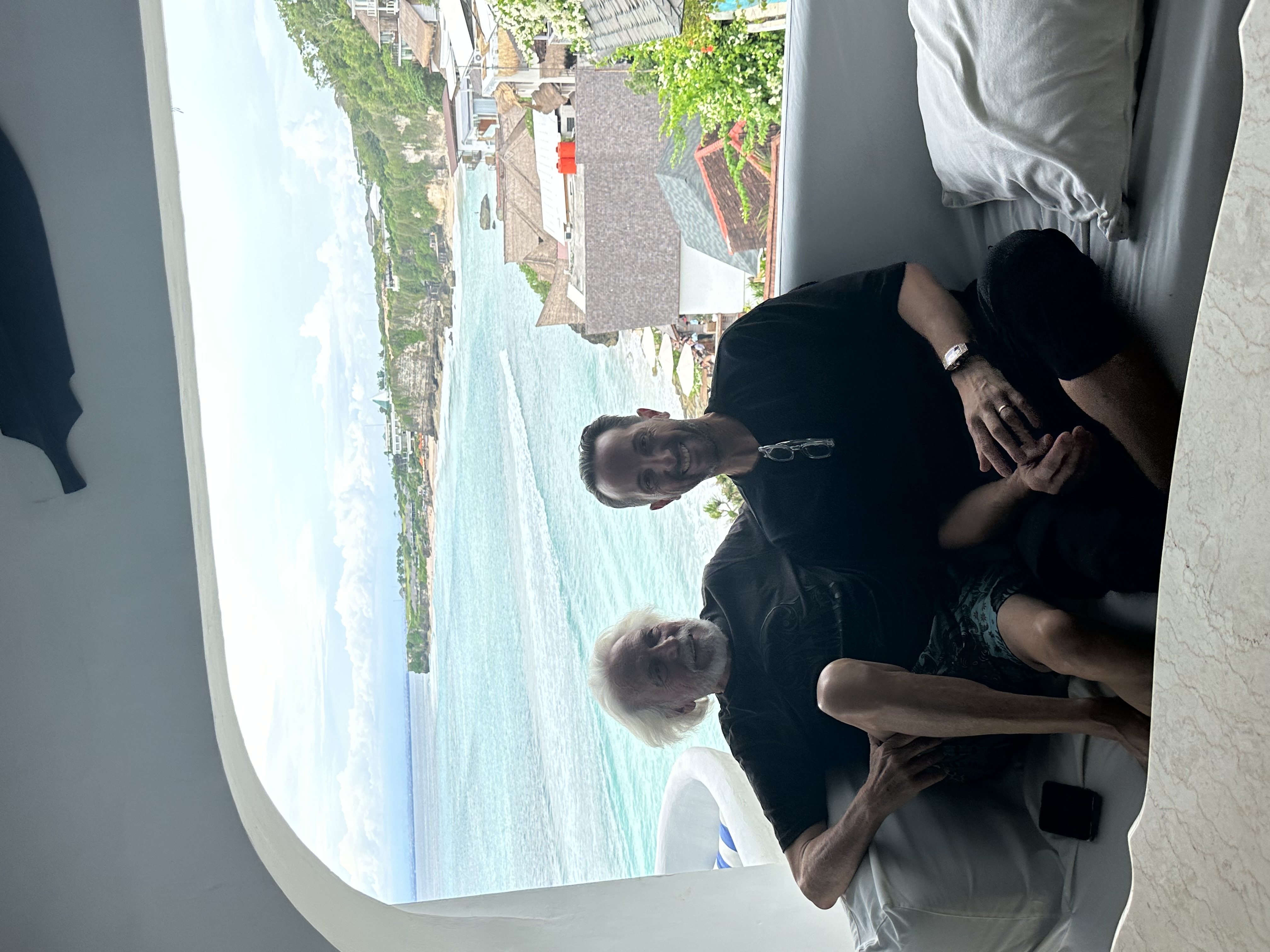

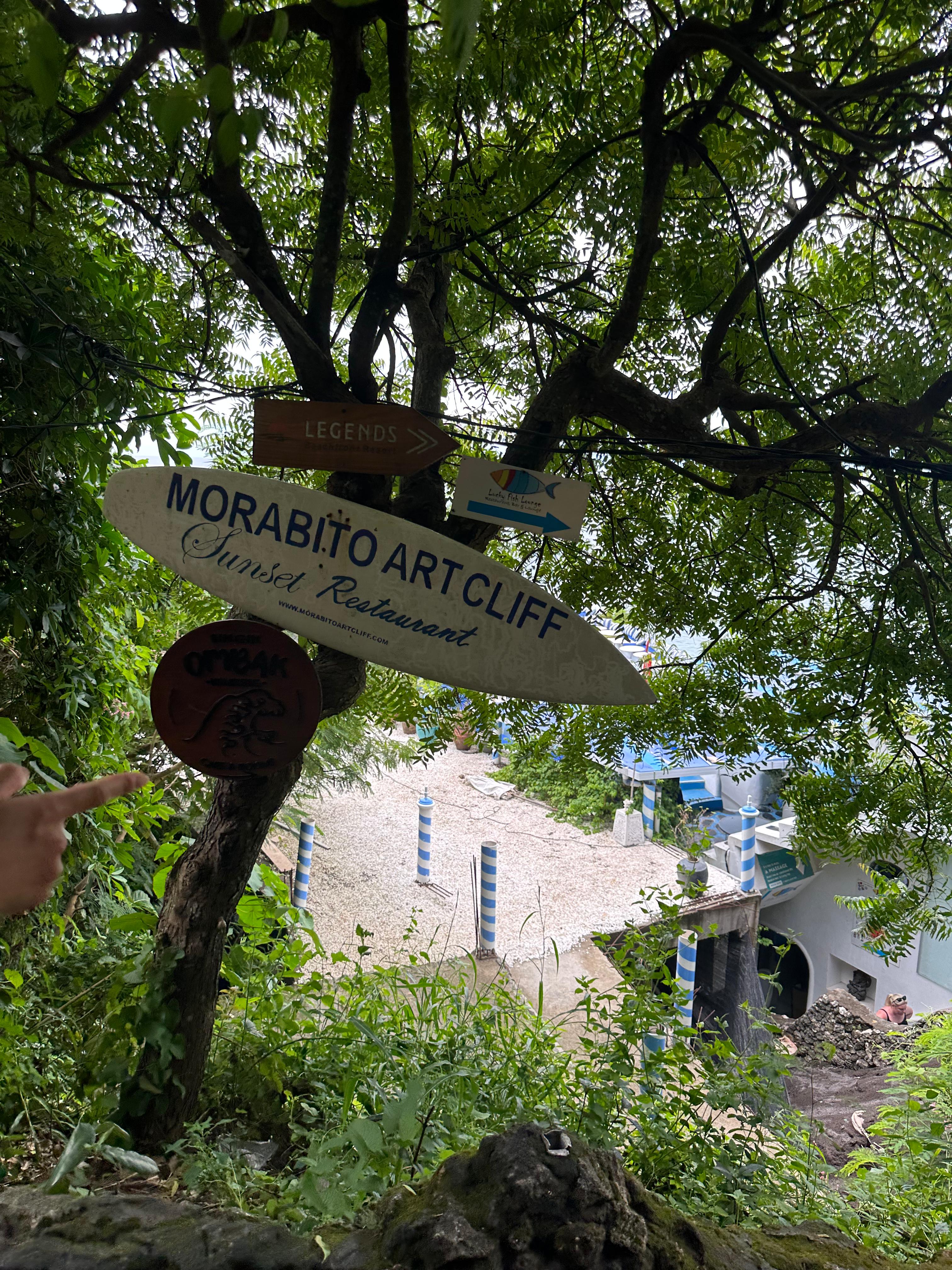
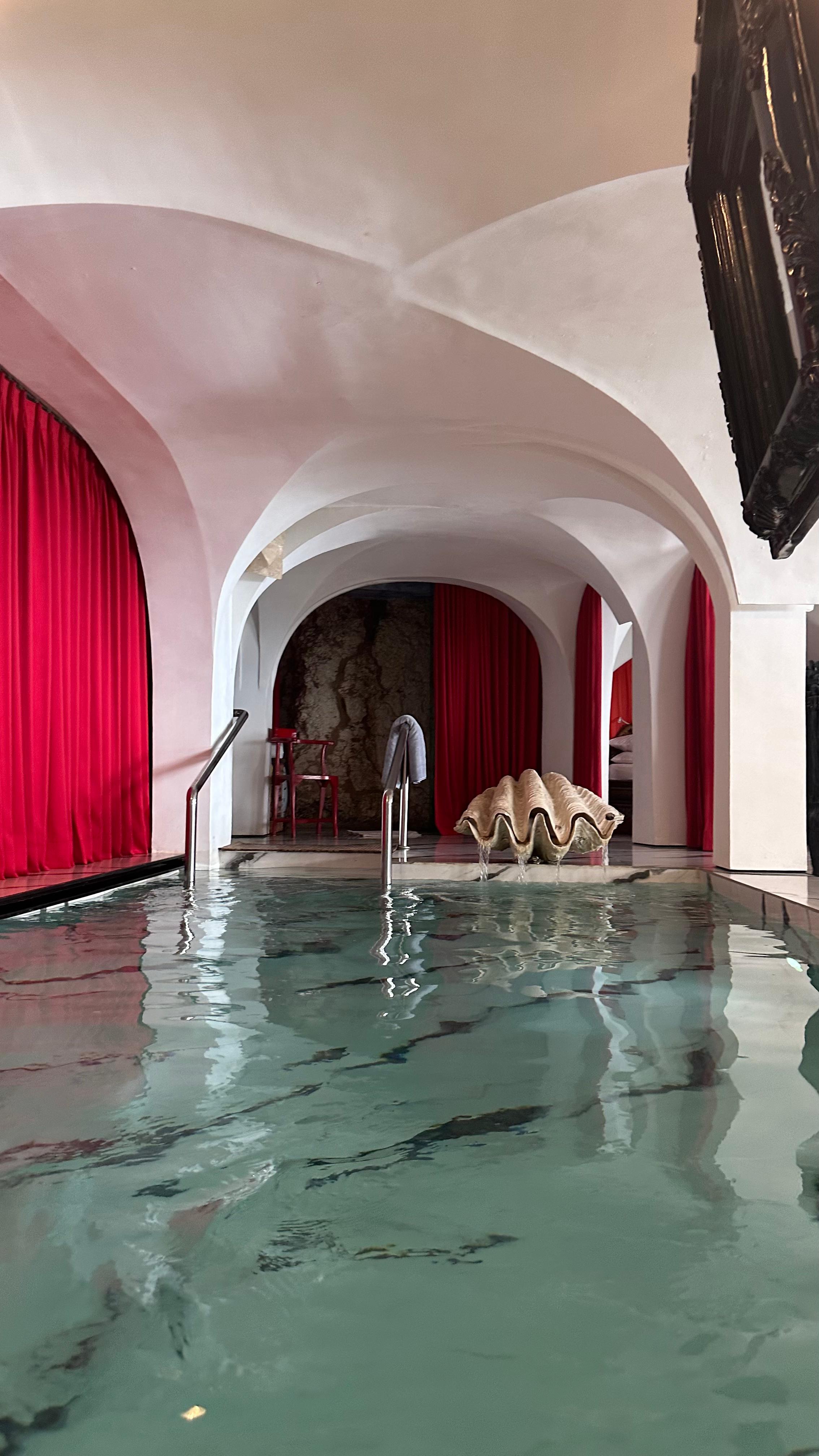
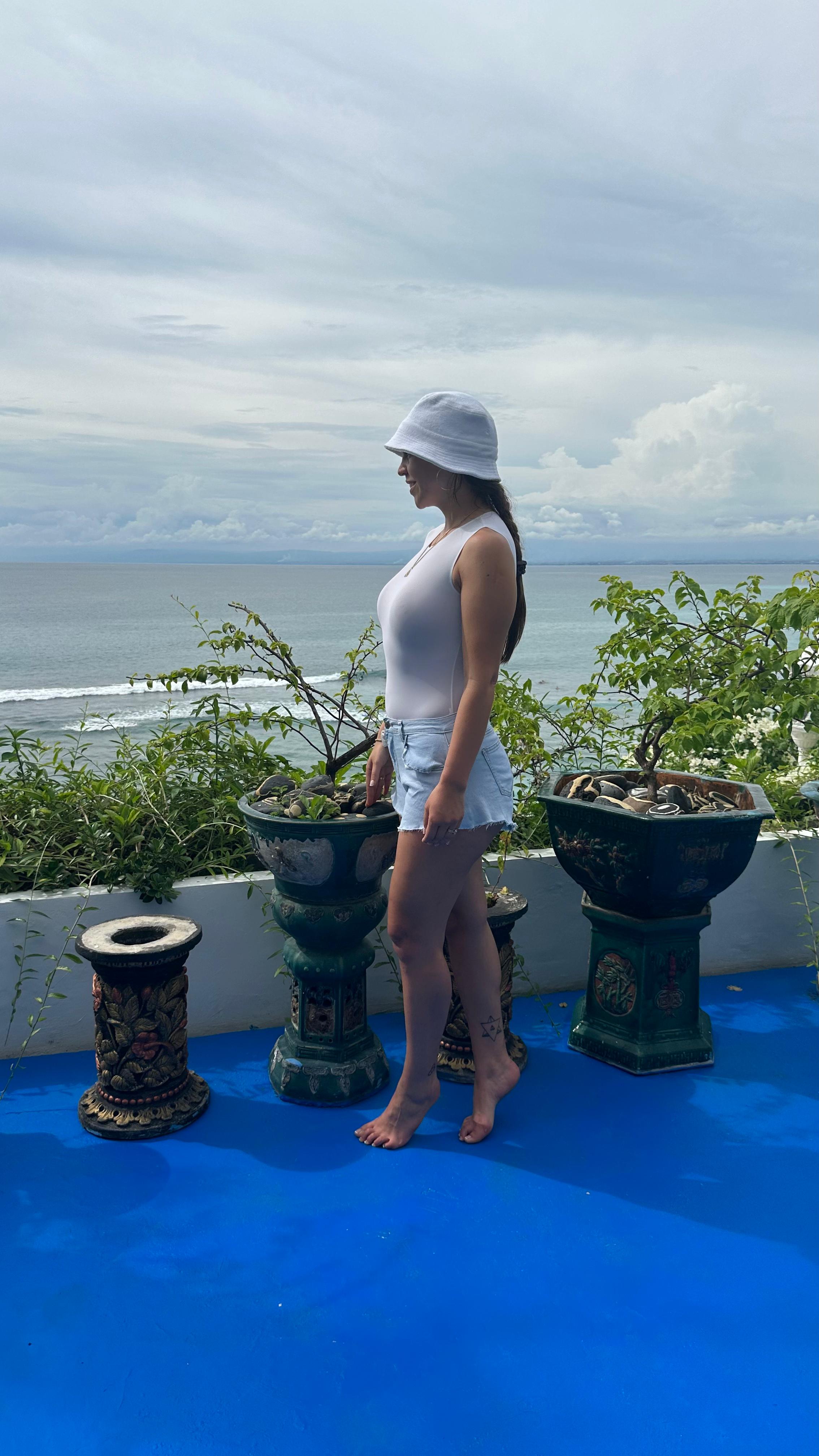
Yet today, that paradise is wounded. The coast of Uluwatu and Bingin is in crisis. Erosion has torn the shoreline, mass tourism has altered the balance of the community, and the landscape is being transformed under the pressure of real estate speculation. The beaches that were once natural temples have shrunk, and the cliffs crumble with a violence that is both natural and man-made.
Morabito’s house, that refuge built on stone, has not escaped this fragility. What was once a symbol of permanence now faces the risk of disappearing, as if the ocean were reclaiming what always belonged to it. For those who know its story, this is not merely an architectural loss: it is the metaphor of a fading time.
But not all is lost. Pascal Morabito still keeps his house in Canggu, a space that still breathes the spirit of the island, a trench of creation and beauty where life continues. This refuge keeps alive the hope that Bali still holds corners where memory and modernity can coexist.
For decades, Pascal Morabito has been more than a jeweler or sculptor: he has been a creator of universes. Each of his works—be it a jewel, a sculpture, or a house in Bali—is an attempt to capture the elusive: beauty, memory, the instant. His life on the island has not been that of a foreigner observing from afar, but that of an inhabitant sharing the daily rhythm of a place that now struggles to endure.
Sin embargo, ese paraíso hoy está herido. La costa de Uluwatu y Bingin se encuentra en crisis. La erosión ha desgarrado el litoral, el turismo masivo ha alterado el equilibrio de la comunidad y el paisaje se transforma bajo la presión de la especulación inmobiliaria. Las playas que antes eran templos naturales se han reducido, y los acantilados se desmoronan con una violencia que es a la vez natural y provocada.
La casa de Morabito, ese refugio construido sobre la piedra, no ha escapado a esta fragilidad. Lo que alguna vez fue símbolo de permanencia se enfrenta ahora al riesgo de desaparecer, como si el océano reclamara lo que siempre le perteneció. Para quienes conocen su historia, no se trata únicamente de una pérdida arquitectónica: es la metáfora de un tiempo que se desvanece.
Pero no todo está perdido. Pascal Morabito conserva también su casa en Canggu, un espacio que respira aún el espíritu de la isla, una trinchera de creación y belleza donde la vida continúa. Ese refugio mantiene encendida la esperanza de que Bali todavía guarda rincones donde la memoria y la modernidad pueden convivir.
Pascal Morabito ha sido, durante décadas, más que un joyero o un escultor: ha sido un creador de universos. Cada una de sus piezas —ya sea una joya, una escultura o una casa en Bali— es un intento de capturar lo inasible: la belleza, la memoria, el instante. Su vida en la isla no ha sido la de un extranjero que llega para observar desde lejos, sino la de un habitante que ha compartido con la comunidad local la cotidianidad de un lugar que hoy lucha por resistir.
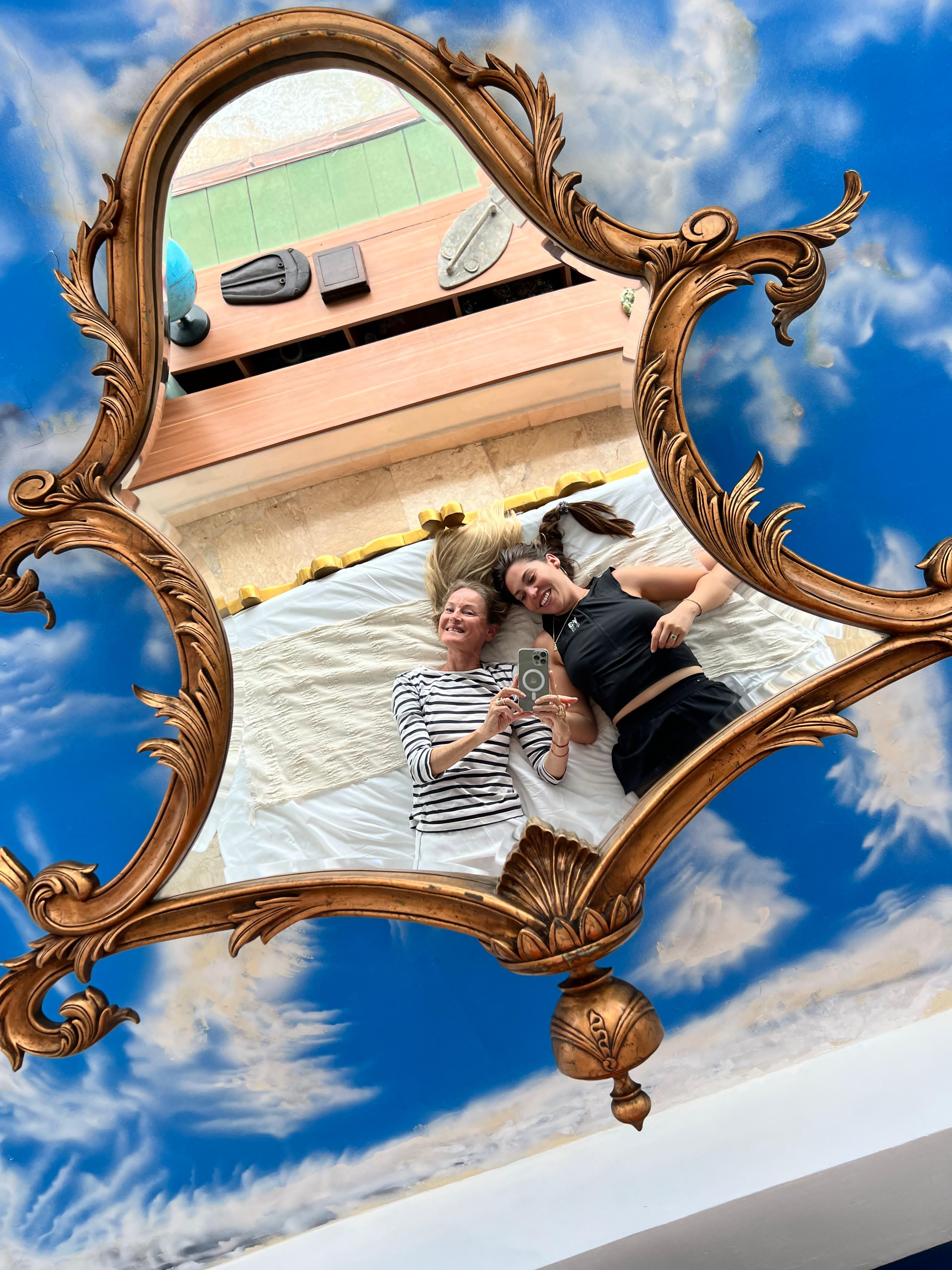


In Bingin Beach, today more than ever, two irreconcilable forces collide: memory and progress. Between them, the figure of Pascal Morabito rises as a bridge, a privileged witness of what Bali was before mass tourism and of what now risks being lost forever.
Perhaps that is the final lesson of his house on the cliff: to remind us that beauty is as powerful as it is fragile, and that an artist’s work is measured not only by what he creates, but also by what he preserves.
In Bali, Morabito remains what he has always been in the art world: a visionary. But now, more than ever, his story also speaks of the urgency of protecting the memory of places, for within them lies the spirit of those who inhabit them.
En Bingin Beach se enfrentan, hoy más que nunca, dos fuerzas irreconciliables: la memoria y el progreso. Entre ellas, la figura de Pascal Morabito se alza como un puente, un testigo privilegiado de lo que fue Bali antes de la masificación y de lo que amenaza con perderse para siempre.
Quizá esa sea la lección final de su casa sobre el acantilado: recordarnos que la belleza es tan poderosa como frágil, y que la obra de un artista no solo se mide en lo que crea, sino también en lo que preserva.
Morabito sigue siendo, en Bali, lo que siempre fue en el mundo del arte: un visionario. Pero ahora, más que nunca, su historia también nos habla de la urgencia de proteger la memoria de los lugares, porque en ellos se guarda el espíritu de quienes los habitan.
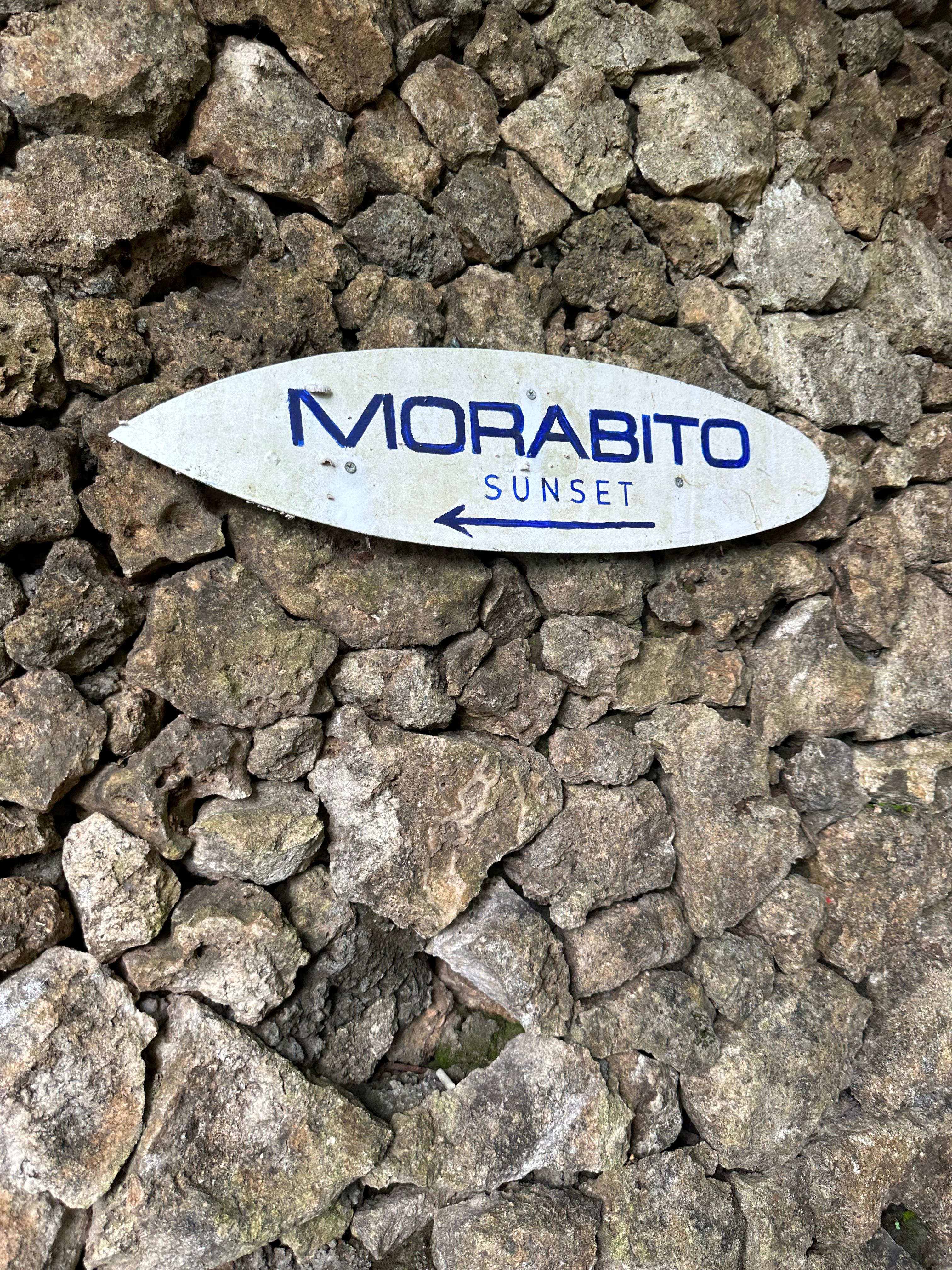

.jpg)



